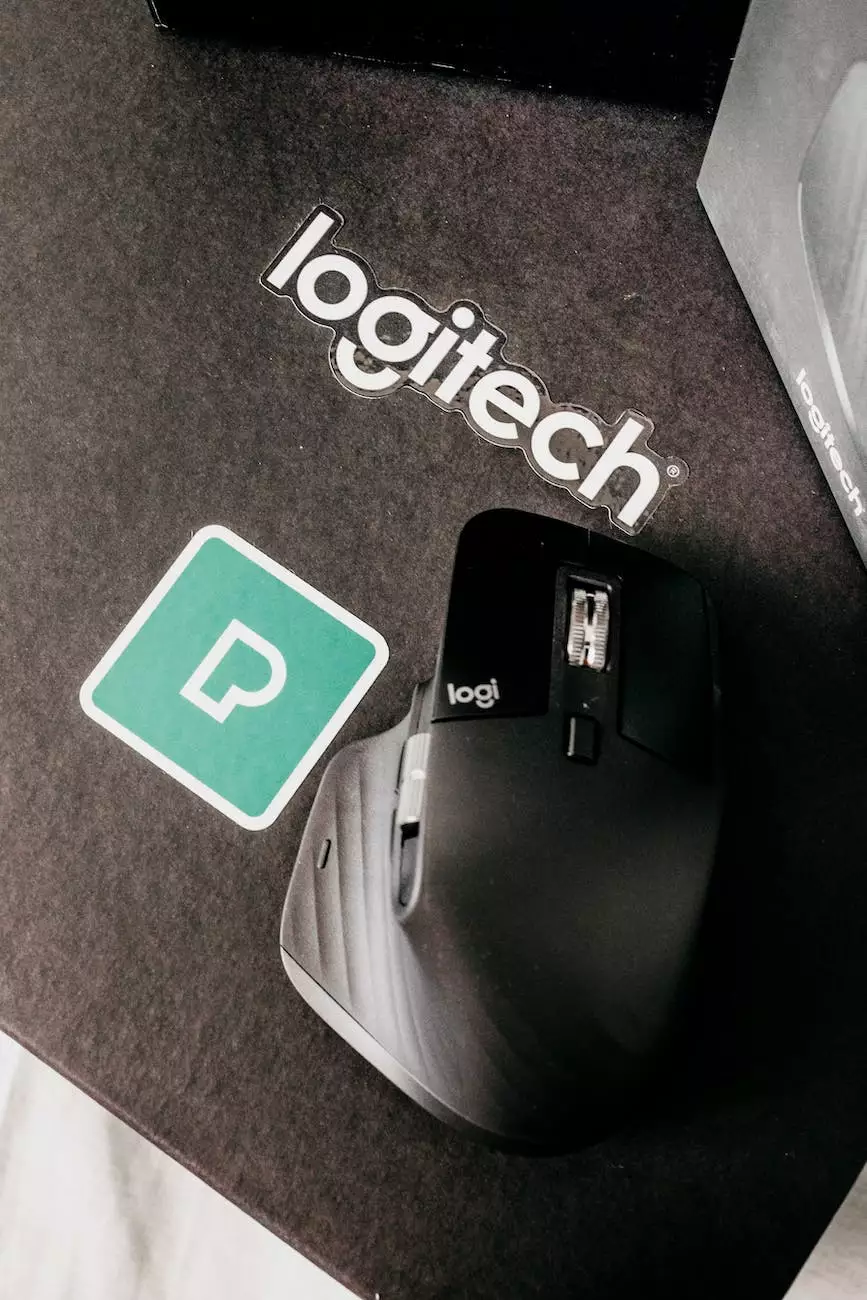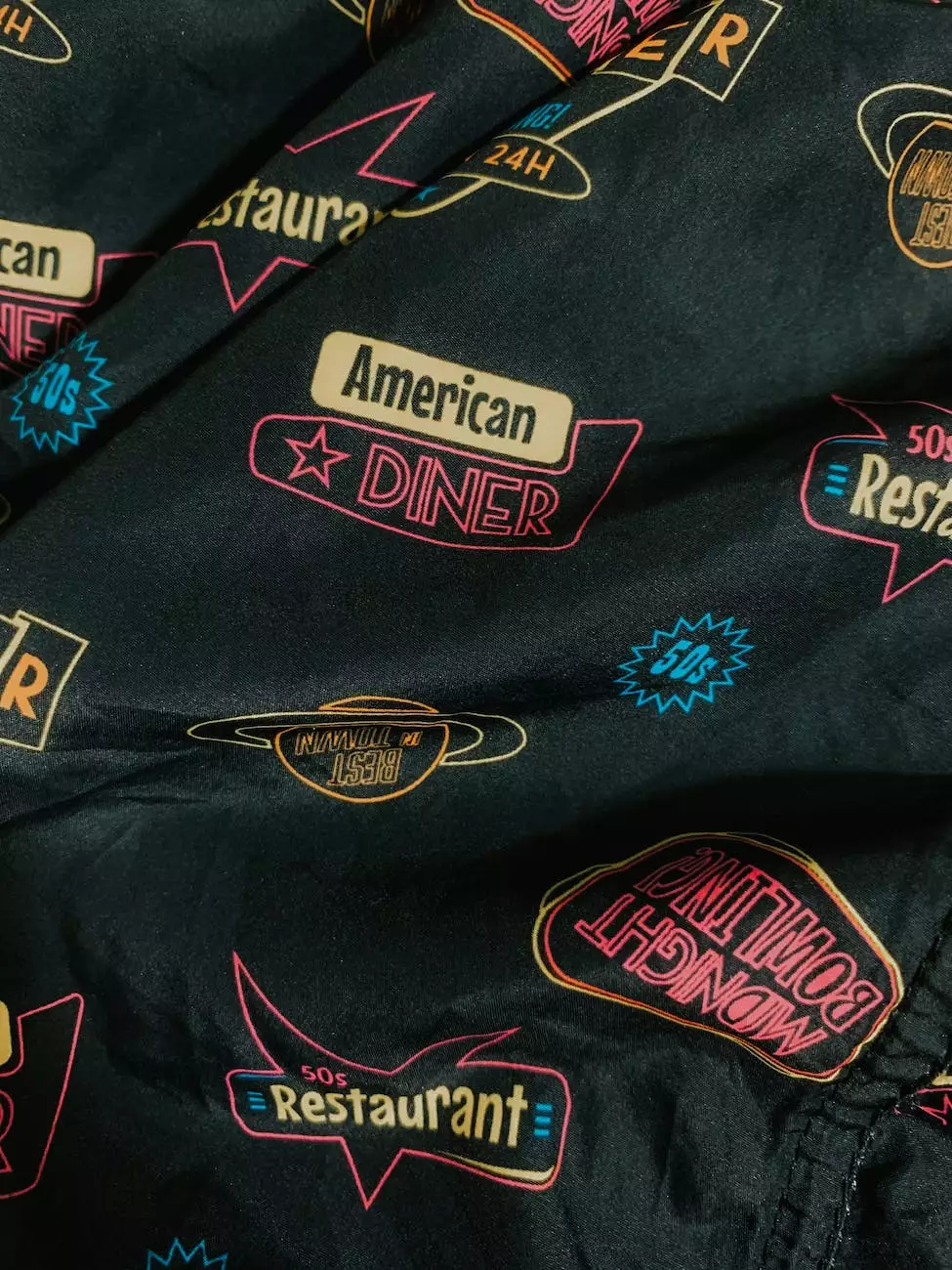Print vs. Digital Media: Pros and Cons [infographic]

Introduction
Charlotte SEO Rankings welcomes you to our graphic design and printing services blog, where we explore the advantages and disadvantages of print and digital media in the modern marketing landscape. As a trusted authority in the business and consumer services category, we aim to provide you with a comprehensive guide that will help you make informed decisions about your marketing strategies.
The Power of Print Media
Print media has been a staple in the advertising industry for decades. Despite the rise of digital marketing, print media continues to hold its ground due to the following advantages:
1. Tangibility
Print materials provide a physical presence that digital media cannot replicate. The tactile experience of holding a brochure or magazine creates a lasting impression on the audience and enhances brand recall.
2. Credibility
Print media is often perceived as more credible than its digital counterparts. A professionally designed print ad or article in a reputable publication can establish trust and legitimacy for your brand.
3. Targeted Reach
Print media allows you to target specific demographics by placing your ads in relevant publications. This targeted approach ensures that your message reaches the right audience, increasing the chances of generating qualified leads.
The Rise of Digital Media
Digital media has revolutionized the marketing industry, offering new opportunities and advantages that print media may struggle to match:
1. Cost-Effective Distribution
Digital media eliminates the costs associated with printing, distribution, and postage. With online advertising and social media platforms, you can reach a wide audience at a fraction of the cost of print media campaigns.
2. Real-Time Analytics
One of the greatest advantages of digital media is the ability to track and measure campaign performance in real-time. With analytics tools, you can gain valuable insights about your audience, engagement rates, and conversion metrics.
3. Interactive and Engaging
Digital media provides interactive features that allow users to engage with your content. From videos, animations, and interactive web elements, digital media offers a more immersive experience that can captivate and retain audience attention.
Choosing the Right Media for Your Marketing Needs
With both print and digital media offering unique benefits, it's crucial to align your marketing strategies with your specific goals and target audience:
1. Consider Your Target Demographic
Understanding your audience's preferences and behavior is key to selecting the right media. Older demographics may respond better to print media, while younger generations are more digitally inclined.
2. Evaluate Your Budget
Consider your marketing budget and the cost-effectiveness of each medium. For businesses with limited funds, digital media may provide a more affordable and efficient solution.
3. Leverage the Power of Integration
Print and digital media can work in synergy to create a comprehensive marketing campaign. By integrating both mediums, you can maximize your reach and reinforce your brand message across various channels.
Conclusion
In the ever-evolving marketing landscape, both print and digital media have their place. By understanding the pros and cons of each medium and aligning them with your marketing goals, you can create a powerful and effective marketing strategy. At Charlotte SEO Rankings, we provide expert guidance and exceptional graphic design and printing services to help your business thrive in the digital era. Contact us today to discuss your marketing needs!










